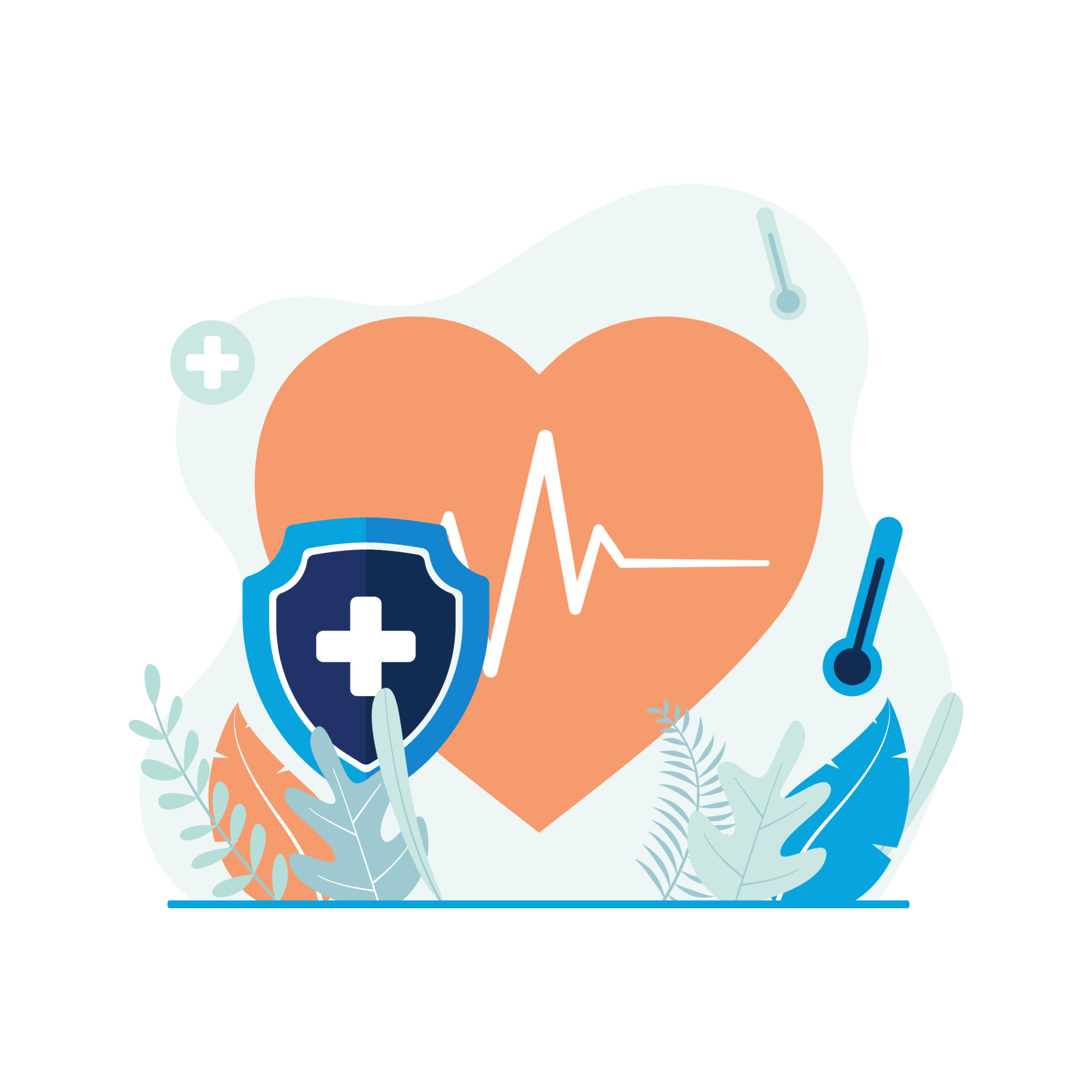Critical Illness Insurance offers supplemental financial protection when unexpected health challenges arise. If diagnosed with a covered serious condition—like cancer, heart attack, or stroke—you receive a tax-free lump-sum benefit to help manage expenses and focus on recovery.
Receive a tax-free lump-sum benefit upon a qualifying serious illness diagnosis, helping you focus on recovery without financial stress.
















